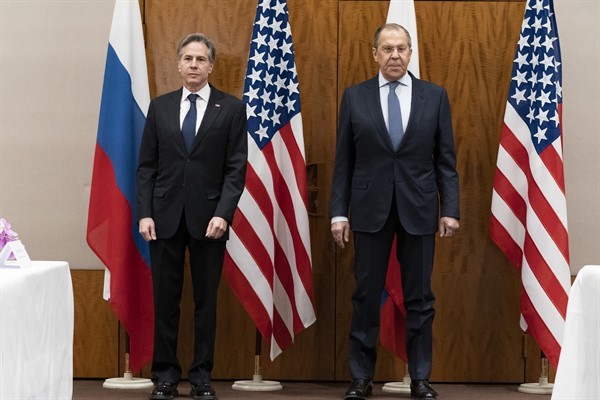If Russian President Vladimir Putin has no intention of invading Ukraine, he sure has a funny way of showing it. Roughly 100,000 Russian troops remain massed on the two countries’ border, with units continuing to be deployed. And a joint Russian-Belarus military exercise scheduled for February is set to position even more still to Ukraine’s north, adding a potential vector of attack.
Russian officials continue to deny that an invasion is imminent, but there is a palpable sense of foreboding across Europe and in Washington that the continent stands on the brink of what would be its first major interstate conflict since the end of World War II.
No wonder, then, that the high-stakes shuttle diplomacy to avert an invasion picked up yet another notch this week. U.S. Secretary of State Antony Blinken returned to Europe, where he met in Kyiv with Ukrainian President Volodymyr Zelensky and Foreign Minister Dmytro Kuleba, and in Berlin with German Foreign Minister Annalena Baerbock, French Foreign Minister Jean-Yves Le Drian and British Vice Foreign Secretary James Cleverly. Baerbock herself had been in Moscow for talks with Russian Foreign Minister Sergei Lavrov days earlier.

